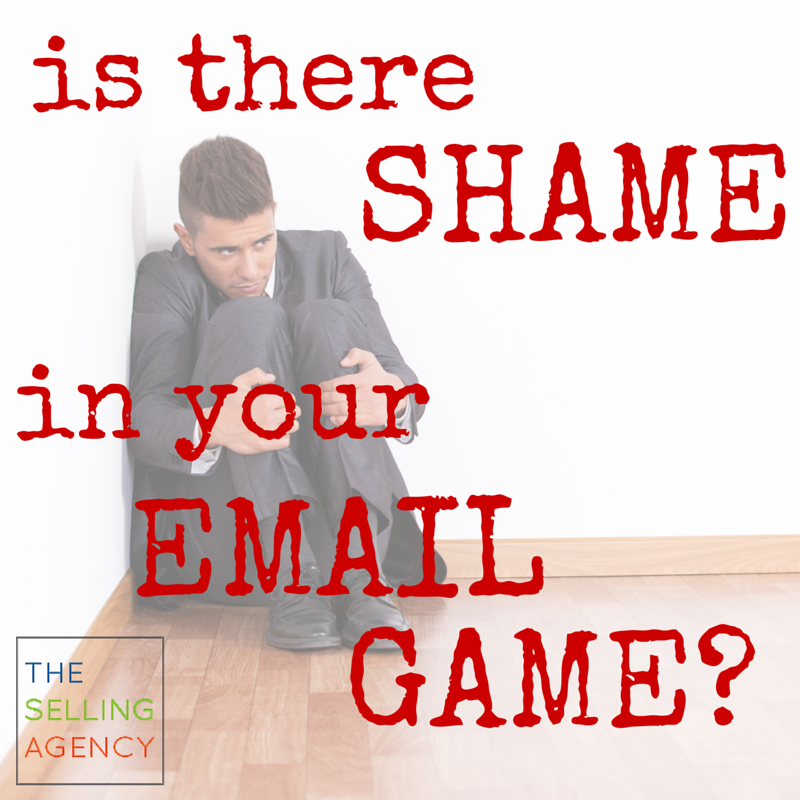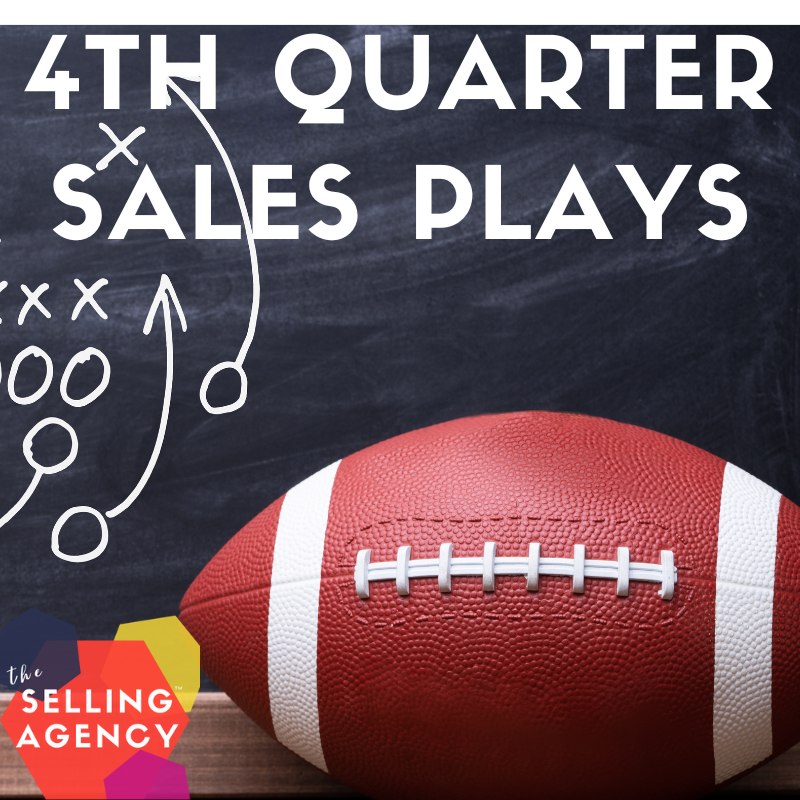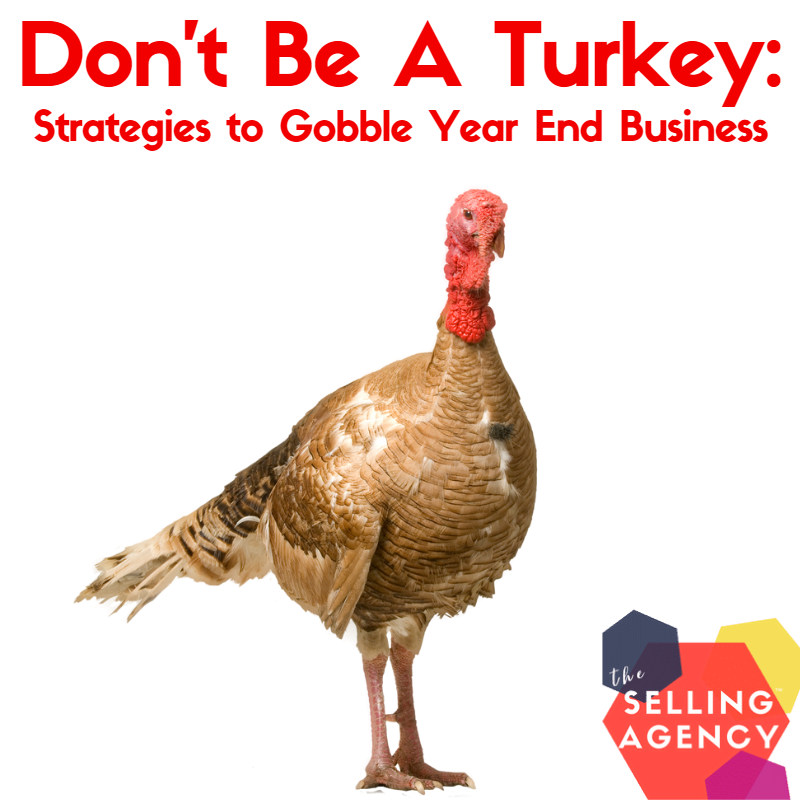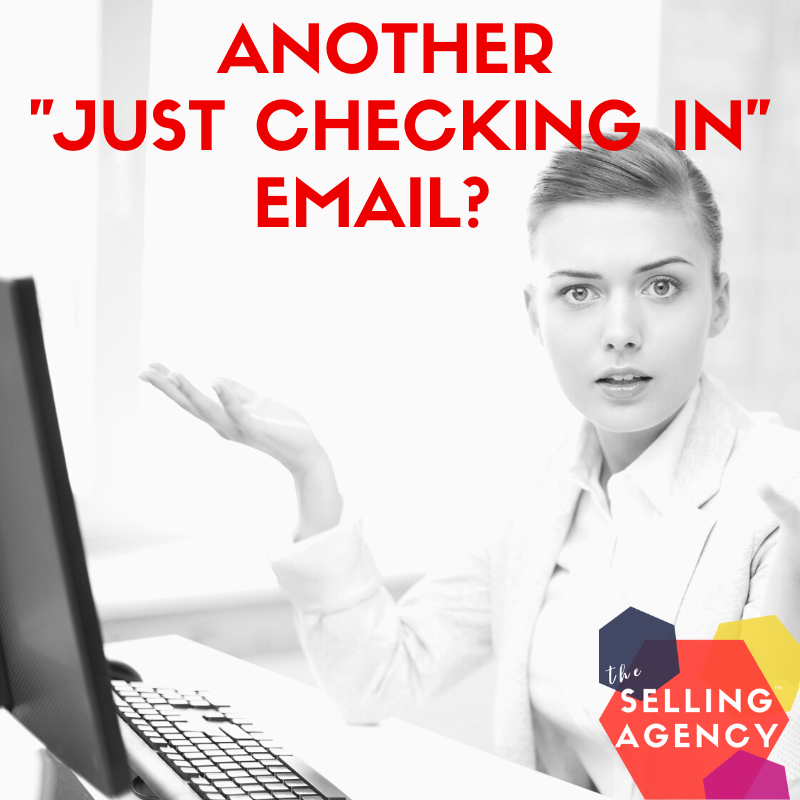“Opt In” or “Subscribe Here” . . . we have come to expect a certain level of value when we surrender our email address to a company and expect some unwritten {and also written} rules to be followed and a significant exchange of something worthwhile to us in response to handing over our email address.
Email marketing is probably the most enduring pillar of content marketing and contrary to what you might believe, still valued by buyers and still provides a high return on investment.
For every $1 spent on email marketing, the average return on investment is $44.25. (ExactTarget)
One of the biggest benefits of content marketing is being able to build an audience – rather than renting that audience through advertising. The number one way to stay in touch with that audience is email, but it’s often used just as a channel for promotion instead of sharing valuable content that helps your audience make better buying decisions.
Email is a selling tool to reach, communicate and provide value to your audience where they are influenced, when and how they consume information. And the reason it’s so effective is that email is a permission-based marketing channel. If someone has signed up to receive your emails, they are explicitly requesting more information. They need to educate themselves on a topic, or maybe they have a problem that your product can solve. You’re helping people make insightful and educated decisions. Helping people buy is the new selling {sounds familiar, right}.
Okay, we’ve convinced you it’s a great tool, however, if you’re not doing it well, you might be wasting the time and energy you’re putting into it or possibly even creating some unflattering impressions of you and your business.
If you’re struggling with email as a selling tool for your business, for your sales {and marketing team} or even in your Non Profit organization, take a look to see if you’re making one of these common email mistakes and what you can do to correct them:
Top 5 Email Blunders in Small Business:
1) You only send an email when you want to promote, sell or announce something.
One of the biggest mistakes you can make is showing up in the inbox unexpected. Asking permission to enter someone’s inbox is a privilege that comes with some expectations that you need to be clear about on the front end with your audiences:
- How often will you be emailing them.
- What kind of information can they expect from you.
- How is this valuable to them.
If, for example, you promise an email every day, you need to deliver on that promise. And if you set an expectation for occasional updates, don’t bombard people with daily emails.
Of course, if you’re only emailing when you have an event, need to offload some dated inventory or want to share your PR received from a local news story, your audience will grow wary of that quickly. Use email as a tool to create and fulfill expectations with your audience and build credibility that you will deliver what you say you will. If you promise to deliver fashion advice, a review of the hottest Italian restaurant is not aligned with the information you promise. You might be able to put it into context, but if you come out of left field too often, you’ll confuse your audience and see higher unsubscribe rates.
2) Your content stinks {bland, generic, not valuable}.
Would YOU want to read your emails? Okay, so you might, but do your customers want to read them? Are they engaging? Are they relevant? Do they talk about specific problems or innovations? Are they personal or have personality?
“Just ask yourself if your emails are valuable even if your potential customer never buys.”- Noah Kagan, AppSumo
You may have emails in your inbox right now that you can see plainly make this mistake: the attorney or insurance agent that send you an email that is about as interesting as reading the fine print on your policy.
Business does not mean boring! Even the most blah or technical subjects can be made interesting if you’re an interesting person. Try to put your personality and insights into what you share – even if you’re sharing someone else’s content, let your audience know why it’s important, valuable or helpful to them – with YOUR spin on things.
3) You’re NOT CAN-SPAM compliant.
Emails are “permission” based – which means a few critical things:
- You cannot email people without their permission {subscribing, opting in – or in some cases, we ask permission to add them to our weekly newsletter.
- You must give an “opt out” option so that you don’t continue to send emails to those who don’t want to hear from you any more. Every email program should allow your recipients to opt out {and for the love of pete, don’t make them login to unsubscribe!} and not send them emails.
- Respect the position of possessing personal, private and professional email addresses and don’t do anything to jeopardize your integrity with that list {hacking, “lending”, spamming} because it’s not truly a “list” – the emails are attached to real people with real buying power, influence and lives – that have trusted you with their information.
4) Your subject lines are a snooze, duds or vague.
You may have stellar information to thrill your audience, but if your subject lines aren’t attention grabbing, it’s like having a Big Block 454 engine in your car but no one would think to look under hood because it’s stuffed into a beige 99 Camry.
Subject lines matter. The preview of your content should contain a specific promise {which you fulfill}, ask an intriguing question, or reveal and confirm some of your personality, as we like to do, with cheeky metaphors or bold statements. Don’t be a dud. Test subject lines {split tests rock!} and see what type of “flavor” your audience responds to and serve those up to them {data and analytics matter too – mind your responses}.
5) Errors are killing your credibility.
We’ve made plenty of mistakes. I have one friend who is an excellent editor and she always lets us know if she finds a word we’ve missed in our blog posts and newsletters {wink, wink, SS}. No one’s perfect, but we aim to be. We aim to impress our audience with our attention to the smallest details – such as comma vs semicolon {that one’s HARD}, or quoting sources, testing links, et cetera.
If you’re not editing, proofing and testing your emails, you could be chipping away at your credibility. Watch out for these common errors –
- Broken Links – hyperlinks that go no where or to erroneous links
- Subject Line and Copy Errors – sloppy spelling, grammar, punctuation or syntax
- Sending to the Wrong List or at the Wrong Time {Guilty of doing this} – easy mistake but makes you seem foolish or amateur
- Unresponsive or Not Mobile Friendly – preview and test emails to see how they’ll show up on all devices.
So how’s your email game? Are you sending valuable information? Do you show up consistently? Are you converting audience to customers?
It’s tougher than you might think, but once you create a process and commit to working your email system, it’s a fantastic selling tool that has value for both you and your customers.
Some of our clients have started from ground zero or floundered with what to say, how often to email or how to get it done. But now they are converting their audience into customers, champions and advocates and standing out brilliantly from their competition.
Let us know if you need help with leveraging email as a selling tool so you can be indispensable and brilliant to help your customers buy you.
Until next time, keep kickin’ butt.
-sks
PS – If you’ve dabbled or attempted to create your own email sales tools and are frustrated or floundering, we’ve got something 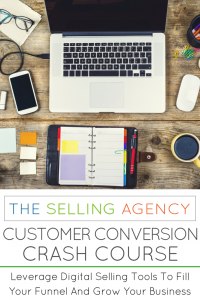 coming this October that will save your sanity: Customer Conversion Crash Course, a workshop that sets you up to bypass the learning curve and fill your funnel to grow your business. Limited capacity. Memphis area only {for now}.
coming this October that will save your sanity: Customer Conversion Crash Course, a workshop that sets you up to bypass the learning curve and fill your funnel to grow your business. Limited capacity. Memphis area only {for now}.
